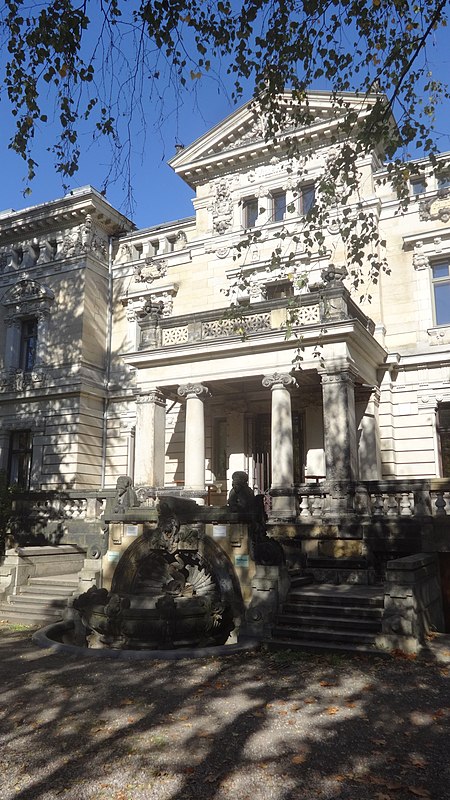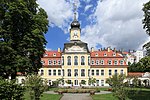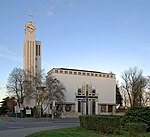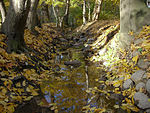Budde-Haus
1890s architectureBuildings and structures in LeipzigCulture in Leipzig

The Budde-Haus is a socio-cultural center in the Gohlis district of Leipzig, Germany. The house was built in 1890-91 as a residence for the Bleichert family and has been used as a cultural center since 1956. It has been a listed building since 1973 and is an important example of late 19th-century architecture in Germany. Since 1993 it has been one of eleven socio-cultural centers in Leipzig.
Excerpt from the Wikipedia article Budde-Haus (License: CC BY-SA 3.0, Authors, Images).Budde-Haus
Lützowstraße, Leipzig Gohlis (Nord)
Geographical coordinates (GPS) Address External links Nearby Places Show on map
Geographical coordinates (GPS)
| Latitude | Longitude |
|---|---|
| N 51.3638 ° | E 12.3738 ° |
Address
Heinrich Budde Haus
Lützowstraße 19
04157 Leipzig, Gohlis (Nord)
Saxony, Germany
Open on Google Maps











